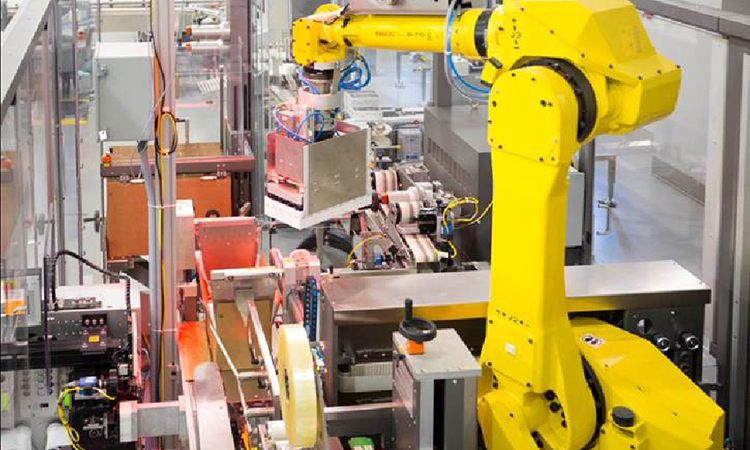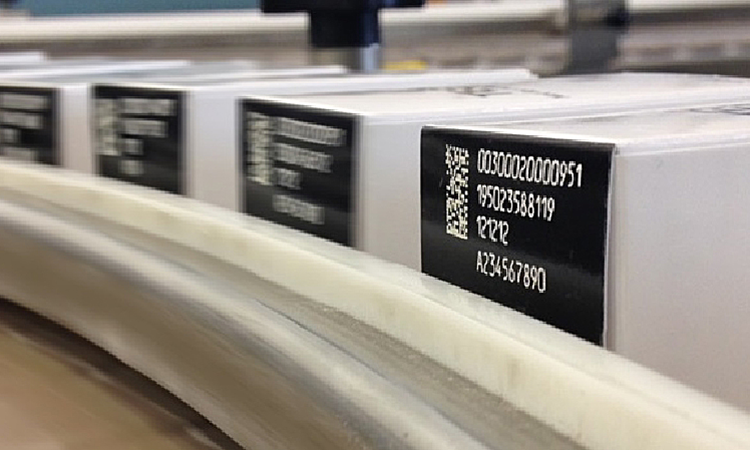Serialization After the Line Is Ready

The Lilly Experience
Much of the attention on serialization is focused on technical solutions for packaging lines. Marking and vision systems are key ingredients in efforts to meet global serialization requirements, but many other areas also need attention as companies start (or continue) to produce serialized products.
At Eli Lilly and Company, our global serialization program has been in place for nearly a decade. What began as a small technical team focused on the application of 2D codes and movement of data developed into a cross-functional, centralized organization responsible for the implementation of serialization across the company.
Implementing and leveraging serialization is a priority in securing Lilly’s supply chain. Because it’s also an important part of the company’s global anti-counterfeiting strategy, we were quickly able to gain the support of senior management. Having this support from the outset was key in gaining program funding and sponsorship.
Our focus is first on meeting compliance requirements. This includes collaborating with our downstream customers to ensure we are working together to be prepared to pass product and data as required. In addition, we maximized our corporate affairs participation in industry groups and other organizations to help understand and influence emerging legislation related to serialization.
With one global serialization solution, including aggregation on every line, it was important to have a strong central understanding of the process. Internally, we had to prepare our systems to operate in a serialized state by thinking about the life cycle of a serial number from creation to decommissioning. We also had to prepare to support serialization and future changes, not just by establishing a “project” team but by adopting a program approach.
UNDERSTANDING THE SERIALIZATION SPACE
Serialization brings a new vocabulary to the pharma industry. Terms like aggregation, data broker, and 2D bar code are familiar now, but there are people in our companies who may not know the difference between a QR and Data Matrix code.
Understanding that our team would need education in multiple areas, we adopted the method for managing the intellectual assets we gained through a knowledge management process. Making sure the right person has the right knowledge at the right time is important to enabling personnel capability. Utilizing tools to identify, capture, transfer, and evaluate critical knowledge is as important for the operator running the packaging line as it is for the affiliate regulatory team or the person taking a call from a concerned patient.
While training and historical assets are important, it is also important to have a way to manage change. We divided our change management into two areas: technical and business. A team of technical SMEs managed technical changes, including software and hardware updates and revisions. Almost all other activities—from quality changes to data management—were covered by a business change-management process. On occasion, there was a need for both aspects of the change management process to asses a significant event, like the recent changes in China’s serialization requirement. The change-management process also allows our sites to propose changes so that they can be assessed against the central solution.
UNDERSTANDING THE SUPPLY CHAIN
Mapping the life cycle of a serial number and where it intersects with different company functions was an eye-opening exercise. It confirmed the need to have a well-defined approach for building and sustaining serialization globally. We began with a focus on understanding both product and data flow from purchase order to delivery in a warehouse. Establishing this map early on helped steer our efforts in the right areas.
Maintaining alignment with our affiliates around the world is important in understanding and complying with serialization requirements. Through key contacts within these markets, we have been able to navigate sometimes murky requirements. Developing processes for technical assessments against a country’s requirements, and utilizing a fully serialized “test line” at one of our Indianapolis facilities, we were able to challenge our single solution and verify capability before activating a product in a market.
Once we understood the technical requirements, we began to use standardized processes for artwork updates and data-transfer needs. Starting the process to activate a product for serialization is a coordinated dance between the central serialization team, the affiliate regulatory, printed material development, and the supplying manufacturing site. Having standardized specifications for global trade item-number creation, master data setup, artwork updates, and data transmission keeps everyone in rhythm.
DATA MANAGEMENT
Who is responsible for the serialized master data and generated data? While you may have answered this question for the initial operation of the line, the life cycle of a serial number is measured in years. Using various system components, companies must examine the security model and control points within each system that ensure data integrity, from provisioning to decommissioning. It’s critical that you develop a sound data management strategy that aligns your IT and business processes under one approach. Once developed, any changes in data use will be much easier to assess and provide a quicker approach to implementation.
QUALITY CONSIDERATIONS
Maintaining a quality standard for serialization is the bedrock of a strong serialization program. Even if you are operating different solutions at your sites, a strong quality standard will help guide decisions across geographies and functions. The partnership between the serialization program and our quality unit has been solid since the early days. Together, we have established several standards, standard operating procedures (SOPs), and practices to ensure consistent quality in the serialized product we produce.
Existing quality standards and SOPs must be evaluated to maintain good manufacturing practice operations while serializing. Challenges exist, as some activities are new and have never been used before (aggregations, virtual/physical serial numbers, cameras inside a bundler). Conducting an exhaustive failure mode affects analysis across your operation—from serial number generation in your top level/enterprise resource planning system through the packaging process and into distribution—and is an important activity. Even with careful analysis, you will face new challenges running in a serialized mode. Whether you lead a central team or not, this information must be shared between sites or it will happen again.
Most serialization solutions include excellent vision system tools with high-quality cameras. These cameras are so good that they can accept poorly printed 2D codes that would be unreadable by a hand-held unit downstream. How is your company dealing with bar-code grading requirements? Whether as an in-line solution, in-process checks, or betting on your qualification to cover this, you will run into a situation when your product can’t be scanned. Establishing a defect classification/standard for grading may be new for secondary packaging, so spending time getting alignment within your company before the first complaint is important.

PRODUCTION METRICS
Anyone working in serialization invariably asks about its effect on production. Establishing a baseline metric prior to serialization will help you understand how your packaging line is running afterward. Adding new unit operations on a packaging line will have some type of effect on overall efficiency. Serialization brings new equipment, processes, and expectations, like bundle scanning, aggregation, and bar-code grading.
At Lilly, we focused on key metrics that can be measured simply and consistently across our sites globally. Measuring line efficiency is good for an overall measure, but it can hide other contributing factors. Taking account of downtime associated with serialization issues and the eject rate at each serialization/aggregation station can provide deeper insight on the health of the line.
AFTER THE PRODUCT LEAVES
Once the marked packs leave your site, you must be prepared for issues that will occur. Depending on the market, you may be required to maintain a process to respond to suspect product inquires or handle requests to confirm a serial number for complaints. Does your system allow quick verification of numbers by the right people? This will be key to realizing the power of a serial number in your company. Another area to consider is the return of product and the power of using a serial number to confirm its identity.

SERIALIZATION BEYOND COMPLIANCE
Now that capability and implementation are underway, we are also finding ways to maximize serialization beyond the regulatory requirements—such as using 2D code and associated data transactions—a popular topic at conferences and among consulting/technology companies. Your serialization team will need to partner with your business units and other functions to discover new and exciting ways to use the process to your advantage. Internally, we published a white paper with some of these ideas to seed other areas. We’ve already implemented some solutions that utilize serial numbers, and more are on the horizon.
Your serialization team may centralize or spread across multiple functions or geographies. Regardless of how it is structured, the same needs exist to determine how to operate in a serialized mode. If you do not have a technical solution in place yet, you had better get moving quickly. If you haven’t thought about how to manage serialization beyond marking and vision systems, now is the time to start. Thinking about the life cycle of a serial number as both physical and digital will set you on a path to determine how serialization will affect your organization.
This article is based on information presented by the authors at the 2017 ISPE Pharmaceutical Serialization Workshops, 8–9 May 2017, Philadelphia, Pennsylvania.


